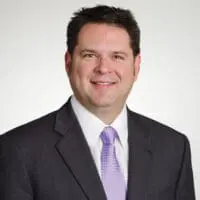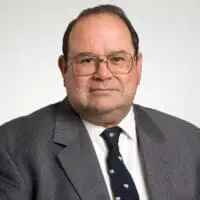Publication
Under Construction – December 2011
A Letter from the Editor
By James J. Sienicki
In our final issue of 2011, we begin with an article by Timothy Toohey, who examines the impact of a recent U.S. Supreme Court decision regarding bilateral arbitration may have on subsequent California construction defect disputes that have mandatory arbitration as their dispute resolution mechanism. Tim also discusses whether a party to a construction defect case should press for arbitration or opt to litigate.
Scott Sandberg then addresses the latest from Colorado regarding poor workmanship in construction and whether general liability coverage is available in “What Constitutes Construction Defects Under Colorado’s Commercial General Liability Policy Exclusions.” The Tenth Circuit's recent decision on this subject is cited and explained in this article.
Next is some bright news: “California, Colorado and Arizona Lead the Nation in Total Solar Jobs As Renewable Energy Sector Soars,” author Shawn Rodda provides the illuminating details about new solar plants and wind energy farms for Southwest-based projects that will create hundreds of jobs.
The fourth article, by Michael Yates, “Anti-Indemnity Statutes and Contractual Additional Insured Requirements,” furnishes information and a handy chart for those working on construction projects throughout the Southwest on anti-indemnification statutes and contractual additional insured provisions.
In “Ready-Mix Delivery Companies and Their Drivers Are Not Engaged In The Building and Construction Industry Under Labor Law,” labor attorney Gerard Morales identifies employees who are and those who are not primarily engaged in the construction industry and how that affects their collective bargaining relationship with labor unions.
Marc Erpenbeck and Chris Colyer then address and break down the EPA's new Lead Rule related to child-occupied facilities in their article, “EPA Finalizes and Revises Its Lead Renovation, Repair and Painting Program Rule.”
The final article reviews the the pros and cons of Self-Certification Programs. In “Municipality Code Review Self-Certification Programs Can Add Exposure to Owners, Developers and Design Professionals,” Jason Ebe examines the time and cost benefits that might be realized with the City of Phoenix’s Self-Certification program as well as the risks associated from such a program.
If you have questions or comments about any of these articles, you may email the attorney(s) who authored the article, the editor or your regular Snell & Wilmer contact. If you have any suggestions for future articles, please feel free to email them to me.
We are also very happy to announce that Snell & Wilmer has been recognized as a national “Tier 1” firm in construction litigation in the 2011-2012 edition of “Best Law Firms” by U.S. News and Best Lawyers®.
Happy Holidays!
Jim Sienicki
About Snell & Wilmer
Founded in 1938, Snell & Wilmer is a full-service business law firm with more than 500 attorneys practicing in 17 locations throughout the United States and in Mexico, including Los Angeles, Orange County, Palo Alto and San Diego, California; Phoenix and Tucson, Arizona; Denver, Colorado; Washington, D.C.; Boise, Idaho; Las Vegas and Reno-Tahoe, Nevada; Albuquerque, New Mexico; Portland, Oregon; Dallas, Texas; Salt Lake City, Utah; Seattle, Washington; and Los Cabos, Mexico. The firm represents clients ranging from large, publicly traded corporations to small businesses, individuals and entrepreneurs. For more information, visit swlaw.com.





